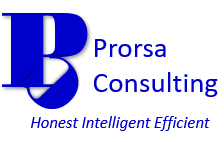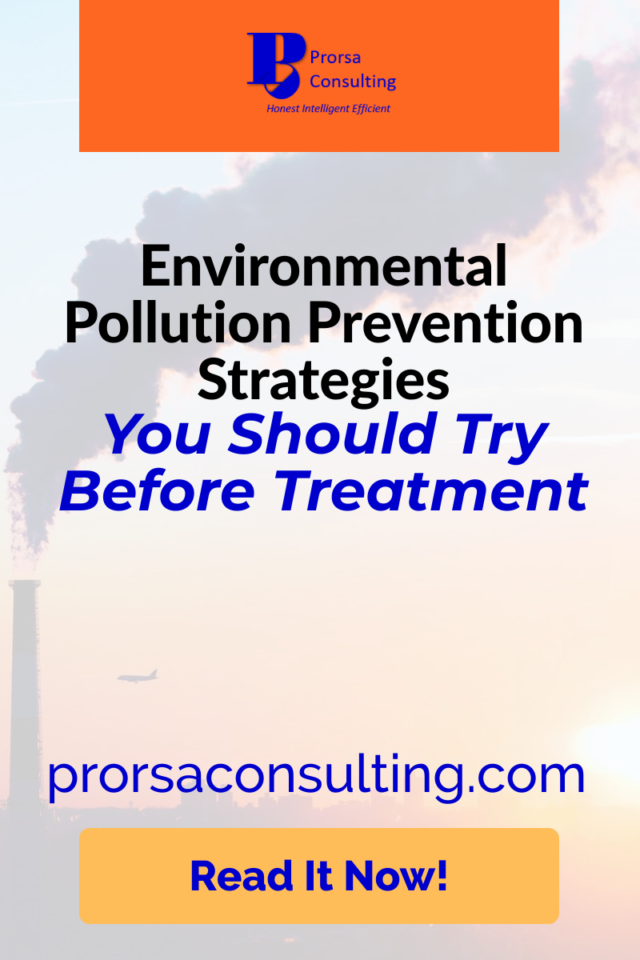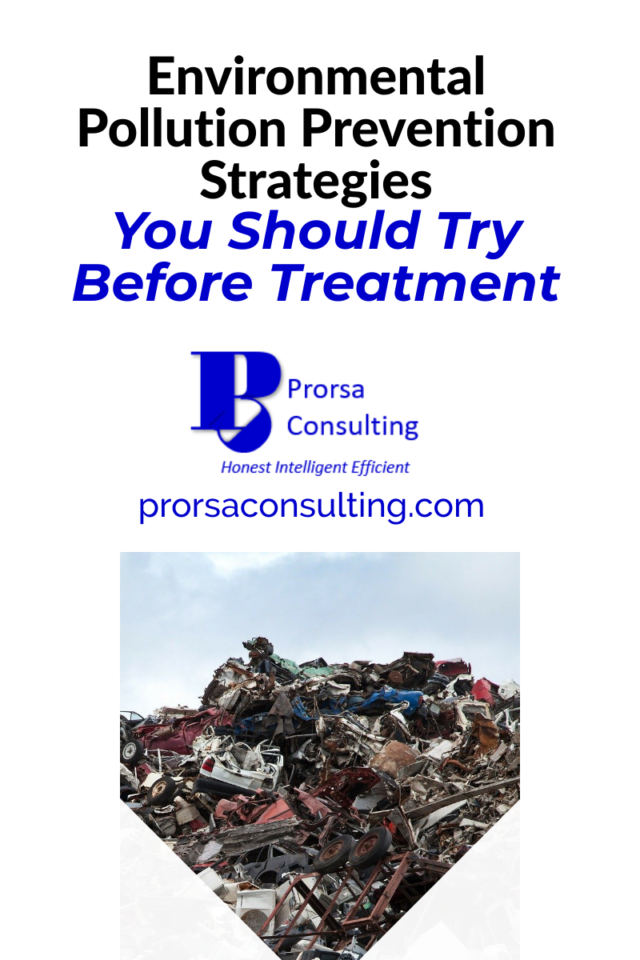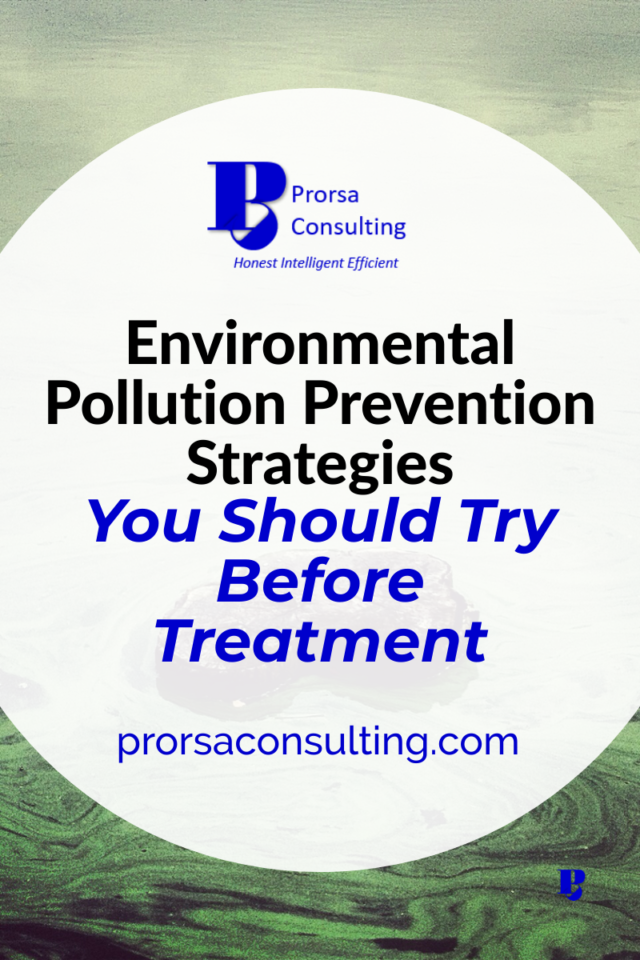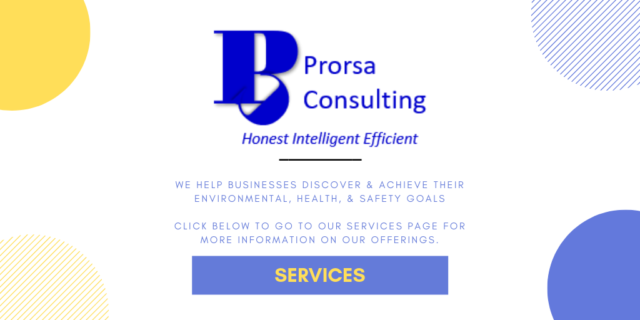Environmental Pollution Prevention Strategies You Should Try Before Treatment
By : Admin -
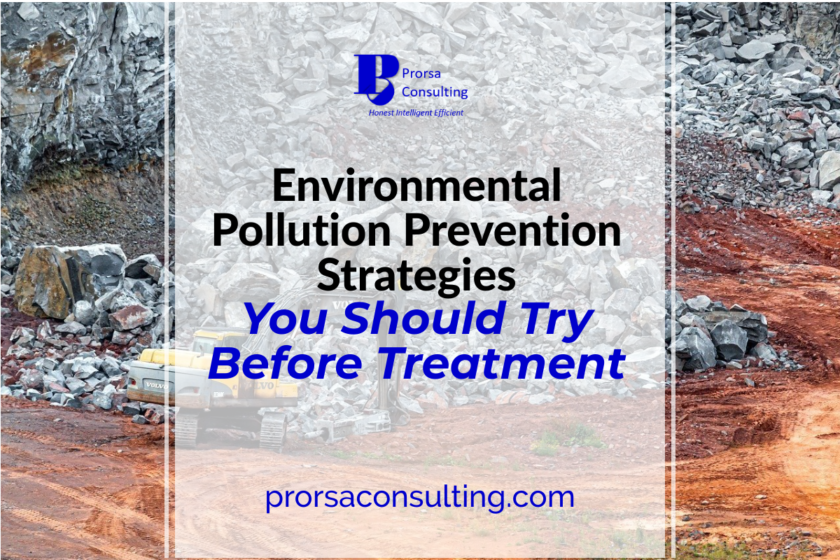
Not all environmental pollution prevention strategies include or end with waste treatment.
Ideally, waste treatment should be the last consideration when discussing pollution prevention.
Why?
The generation of a pollutant has already occurred once you get to the treatment phase.
At that point, the focus is on controlling the substance before it gets released further into the environment.
True pollution prevention occurs further upstream in the process lifecycle.
Furthermore, a variety of options exists to mitigate environmental contamination before it becomes a treatment problem.
Keep reading below to explore a few methods to check pollution closer to the source.
Disclaimer: Please be aware that this blog post may contain affiliate links and any purchases made through such links will result in a small commission for Prorsa Consulting (at no extra cost to you). Feel free to visit our Disclosure of Material Connection page for more information.
Environmental Pollution Prevention Strategies: Alternative Raw Materials
Why do system inputs play such an influential role in preventing pollution?
Simply put . . . when you put garbage in, you get garbage out.
I don’t really think businesses are intentionally putting garbage into their processes.
However, the quality of the raw materials used to make any product dictates the quality of the byproducts or waste left after manufacturing.
For example, let’s say I make water bottles from a resin containing Bisphenol A (BPA), a substance that could potentially cause adverse effects in exposed animals and humans.
It would be safe to assume in this instance that my water bottles and my waste products would also contain BPA.
In this case, using an alternative resin free of BPA would prevent that substance from entering my waste stream and eventually the larger environment.
Credit: Image by Winjinard Loven on Reshot.
So, what types of raw materials changes can be made to lower environmental pollution?
Seek out raw materials with lower potentials to emit pollutants.
Depending on your operations, this may lead you to less processed items that are closer to their natural states.
For manufactured raw materials, companies may need to look for items made from alternative feedstocks or produced differently to lower potential pollutant concentrations.
Switching to cleaner-burning fuels also presents a workable choice to lower emissions.
Additionally, it is important to consider the life cycle of raw materials when making a change.
In many cases, upstream manufacturing and processing generate pollution.
Thus, organizations should choose raw materials with a smaller environmental footprint.
This may mean sourcing inputs closer to the company’s operations.
Furthermore, businesses can choose to purchase from suppliers who actively participate in reducing pollution within their processes.
Environmental Pollution Prevention Strategies: Byproduct & Waste Salvaging
What makes salvaging byproducts and wastes a viable option to prevent pollution in the environment?
I will keep it simple again . . . The end is not always the end.
Just because an organization no longer has a use for an item does not mean it holds zero value.
This is a lesson we all should have learned from household recycling.
In the past, we used to throw away plenty of stuff that now gets recycled and utilized to make other products.
When those byproducts and wastes go toward further beneficial uses, they do not enter the environment to cause pollution.
What avenues can businesses follow to salvage their wastes and byproducts?
First, if you can reuse it elsewhere within your operations, do so.
Think about repurposing that old piece of equipment for another use on site.
Perhaps the business’s greywater could be utilized for watering outside green spaces and ornamental plants.
If reuse on-site won’t work, consider selling or gifting your wastes and byproducts.
Certain operations generate items like scrap metal, waste rock, scrap tires, foundry sand, etc. that can be sold as inputs into other industries’ processes.
This not only keeps pollution out of the environment but can also positively impact a company’s bottom line.
Restaurants often participate in gifting when they donate leftover food to shelters and food kitchens.
Recycling also provides a practical choice to salvage wastes and byproducts.
Many items utilized in the office setting, i.e. paper, cardboard, electronics, and some plastics can and should be recycled.
Furthermore, things used in an industrial setting like used oil, automotive batteries, wood, and old paint cans, etc. can also be recovered for future valuable use.
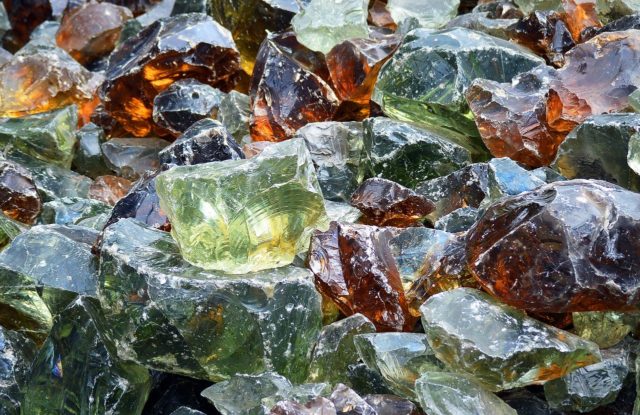
Credit: Image by Quinn Kampschroer on Pixabay.
Environmental Pollution Prevention Strategies: Process Efficiency
How does better process efficiency prevent pollution?
Efficiency improvement revolves around getting the same or more output from less input.
This input savings drives the pollution reduction associated with process efficiency.
For example, let say it takes one gallon of gasoline to produce one widget.
However, if I engage in some process improvements, I can get down to using only 0.90 gallons to produce one widget.
I have now dropped fuel use by 10%, and the pollution generated by combusting the gasoline will also be lowered by 10%.
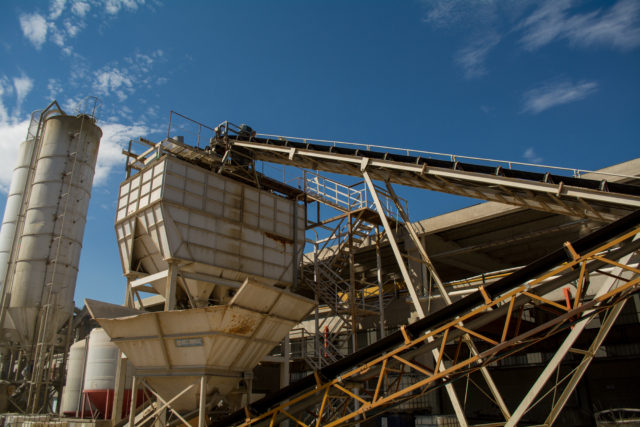
Image by Mico Asato on Pexels.
What types of activities can help to provide process improvement gains?
Most companies can reap painless process improvement wins through regular preventative maintenance on equipment.
Just like the engine in your car, process equipment runs at its best when it is well-maintained.
Reduced consumption of natural resources is another process improvement to consider.
With lower consumption of water, electricity, raw materials, and fuels, your operation creates a smaller environmental footprint.
Setting targets to conserve natural resources must start with an efficiency evaluation throughout your processes.
The assessment results should lead to improvement options, such as:
- Replacing older equipment with newer, more efficient models
- Correcting bottlenecks that drain natural resources
- Enhancing the corrective maintenance schedule to fix malfunctioning equipment faster
- Putting systems in place to prevent inventory abundance
- Streamlining and automating to eliminate redundant or non-efficient tasks
Other Articles of Interest Related to Pollution Prevention
Keep an Eagle Eye on Secondary Containment for Improved Environmental Management
Reduce Risk and Instantly Master Your Stormwater Compliance with 5 Essential Strategies
Universal Waste Fundamentals and Practical Tips to Help You Say Never Again to Noncompliance
Pollution Prevention Strategy: The Forgotten Child in a Compliance First and Only World
Waste and Hazardous Waste Management Tips for Tackling Risk in Your Small Business
Concluding Thoughts
Environmental pollution prevention strategies include a much wider range of activities beyond waste treatment.
The reduction of pollutants should start much earlier in the product or process lifecycle to promote the largest wins.
Companies embracing this philosophy will gain a smaller environmental footprint along with cost savings and better brand reputation.
Feedback on this blog is encouraged. Be sure to like and/or share below if you enjoyed this content. You can also provide feedback via the Contact Us page.
Also, don’t forget to follow Prorsa on LinkedIn, Pinterest, and Twitter!
How would you like to gain access to additional, exclusive updates and information to improve your EHS efforts? All you have to do is subscribe to the Prorsa Consulting Newsletter below. Access to our resources library is included in your free subscription. So, don’t delay . . . sign-up today!
